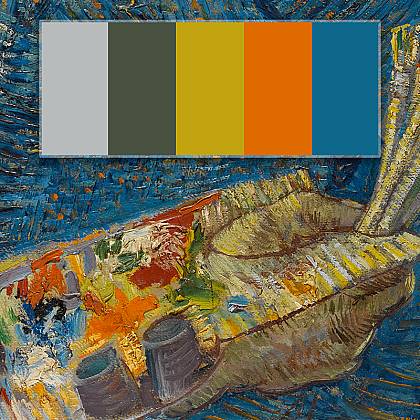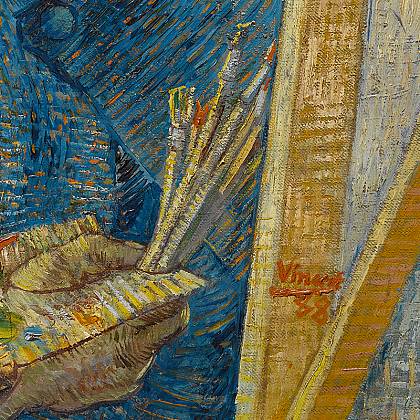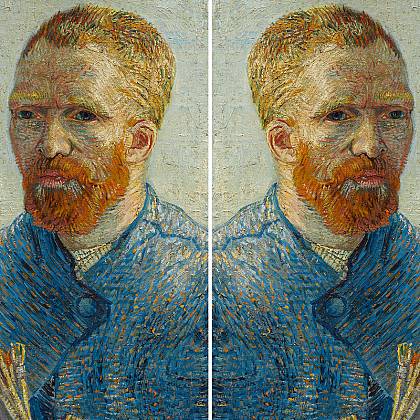A cheap model
Selfportrait as a Painter
People say – and I’m quite willing to believe it – that it’s difficult to know oneself – but it’s not easy to paint oneself either.
Letter to Theo van Gogh. Saint-Rémy-de-Provence, Thursday, 5 and Friday, 6 September 1889
Green eyes, a red beard, a frowning expression, a blue workman's smock. Van Gogh made a great many self-portraits. We therefore know what he looked like, even though we have only one photo with a clear view of his face.
Van Gogh did not make self-portraits out of vanity. He used them to practise the use of colour, brushstrokes, and facial expressions. He wanted to improve his abilities as a portraitist, and hiring models was expensive. Using yourself as a model was a practical, cheap alternative.
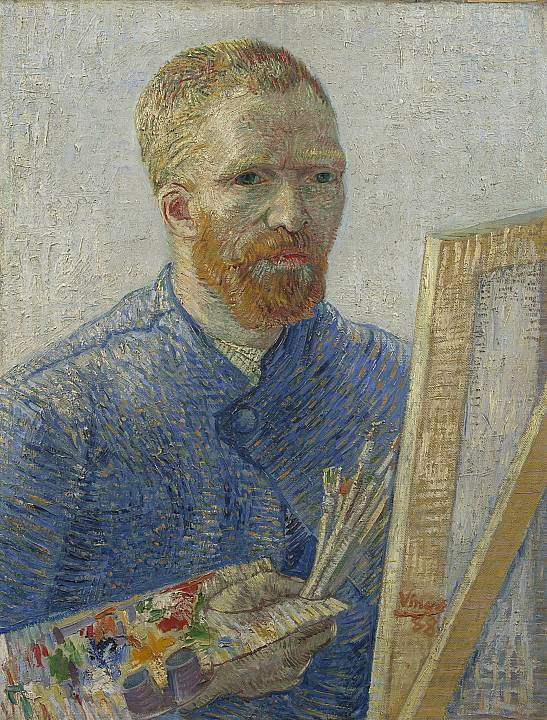
Even so, Self-Portrait as a Painter (1887-1888) is not a study. In this elaborated painting, Van Gogh presents himself as a confident, modern artist. He signed the work with pride.
Tired and on edge
In this self-portrait, Van Gogh also tried to show how he felt while he was making it: tired and on edge. In a letter to his sister, he describes his appearance at length.
He adds:
You’ll say that this is something like, say, the face of — death — in Van Eeden’s book or some such thing.
Letter to Willemien van Gogh. Arles, between Saturday, 16 and Wednesday, 20 June 1888
This is a reference to a novel in which death is described as a pale figure with sunken eyes, dark and earnest, but not cruel or hostile.
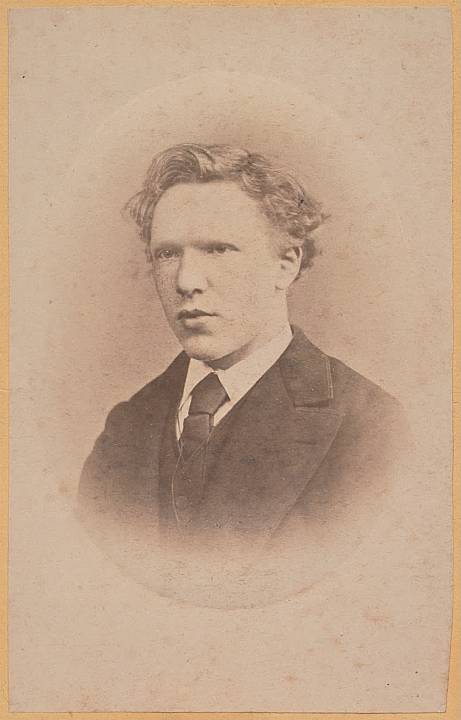
Photo of Vincent van Gogh at 19 years of age.
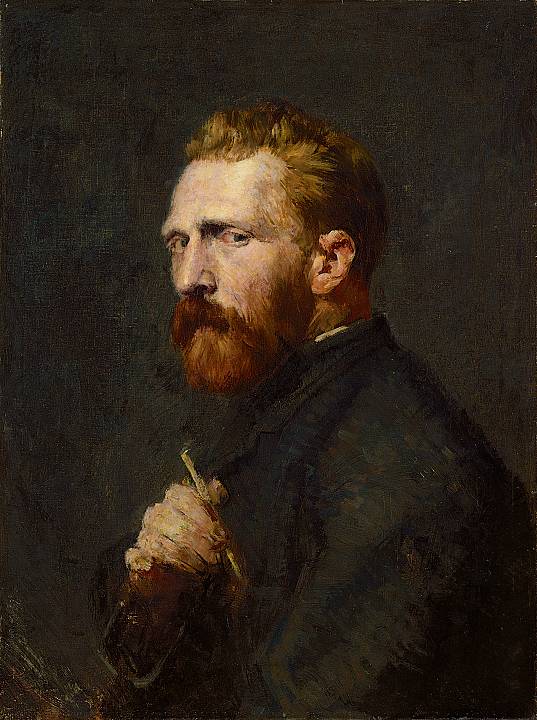
This portrait by Van Gogh's friend John Peter Russell is said to be the best likeness of him.
John Peter Russell, Vincent van Gogh, 1886
Van Gogh Museum, Amsterdam (Vincent van Gogh Foundation)
